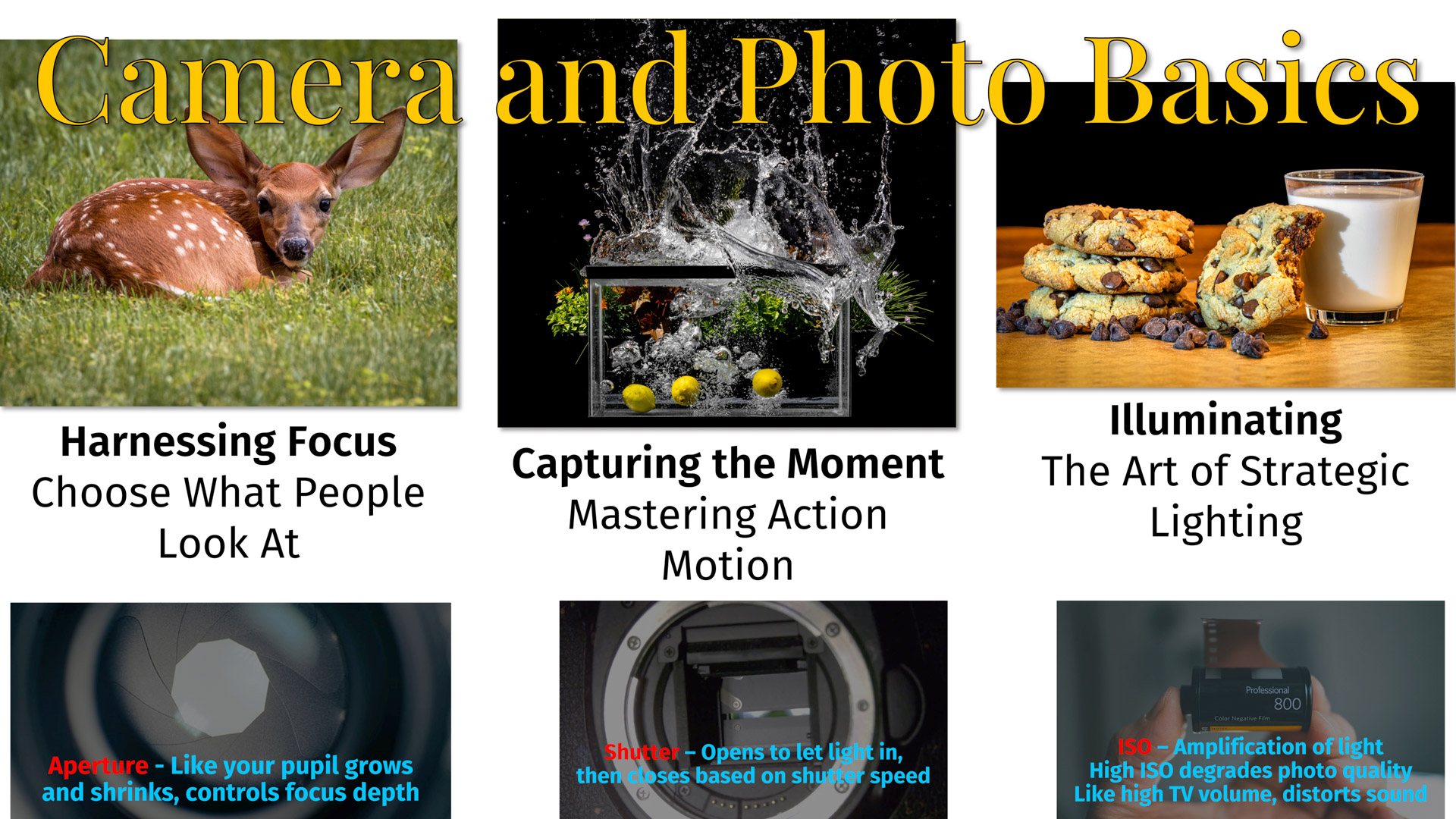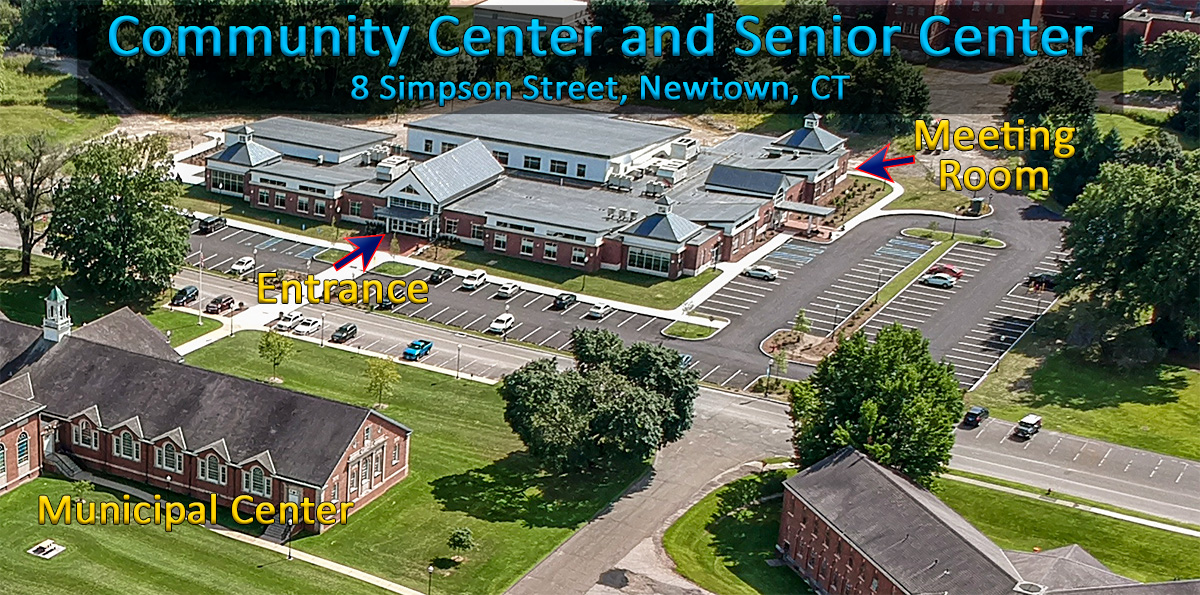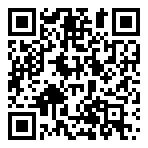Camera and Photo Basics: Aperture, Shutter Speed, Lighting & Composition
Visitors are welcome to attend this free event.


Overview
Tired of blurry shots or photos that are too bright or dark? Wondering how to achieve that soft, blurred background in portraits? This program covers freezing action, manipulating depth of field, and creative camera settings. Explore special modes like shutter and aperture priority, learn to set auto ISO, and focus on composing your photograph. Bring your camera, and let’s explore together.
Hands-on
A short session with many hands-on practice opportunites. Participants will leave with the knowledge to enhance their photography skills.
Learning Style
“Basics” workshops often emphasize camera buttons rather than the goal of improving photo capture. This program, however, centers around capturing better photos in everyday situations.
Camera Skills
Throughout the journey, you’ll gain insights into your camera settings, mastering the art of leveraging its capabilities for superior results.
Why attend
- Solidify the fundamentals to experiment beyond your comfort zone.
- Boost your creativity with new ideas and develop your artistic eye.
In this program, we’ll explore and practice various situations and photo styles.
Focusing – Choosing what should be in focus and how much should be in focus
- Focus point selection – where is the sharpest spot
- Focus range (aperture) – how much should be in focus
- Avoid camera shake – holding your camera steady
- Directing your viewers – using composition techniques
Motion – Deciding to freeze or blur the action
- Capturing motion (shutter speed) – putting you in control of the look
- Focus tracking – letting your camera change focus as the subject moves
- Leaving room ahead of the motion – using composition techniques
- Drive mode – high-speed continuous shooting
Lighting – Master the art of enhancing your photos in poor lighting conditions and eliminating distractions for a significant improvement from OK to great
- Lighting options – metering mode, exposure compensation, altering light sources – what should be dark (underexposed) or bright (overexposed)
- Light sensitivity (ISO) – adding light by changing camera settings
- Perspective – changing your point of view to improve results
Camera Smarts – Unlock the potential of your camera with built-in intelligent modes.
- Auto (A) – guarantees a great exposure, not necessarily a great photo
- Portrait – blurs the background to make the subject stand out
- Landscape – everything in focus from near to far
- Close-up – make small things, appear large
- Sports – for a moving subject, a running person or from a moving car
- P – Program – like Auto, except the flash does not pop-up
Many Hands-On Activity Stations
- Fast moving things – Shutter Speed
- Objects at various distances – Aperture
- Lighting and Composition tables
- Monthly Challenge “In the Kitchen” opportunites
Agenda
- 7:00 – Social time before the meeting starts
- 7:30 – Meeting starts – Welcome and announcements
- 7:35 – Camera basic tips
- Then – Practice and improve our skills inside our meeting room
What to Bring
- A camera or device to take photos with.
- At some stations, handy to have a tripod, not required.
- For mobile device users, consider exploring addon apps in your app store to expand the range of options available. Also, explore guides and videos on how to adjust shutter speed, aperture, focus point, ISO, and various modes for your camera.
Where
Attend in-person to maximize your fun and learning. Online attendees will only see the opening presentation.
Attending In-Person
At the Newtown Senior Center
Newtown Community Center & Senior Center is at 8 Simpson Street, Newtown, CT. 2023 Update: For a shorter walk, park in the back (gravel and grass) and use the rear door of the meeting room.

Attending Online
Using Zoom
- This join button only works on the day of the meeting.

